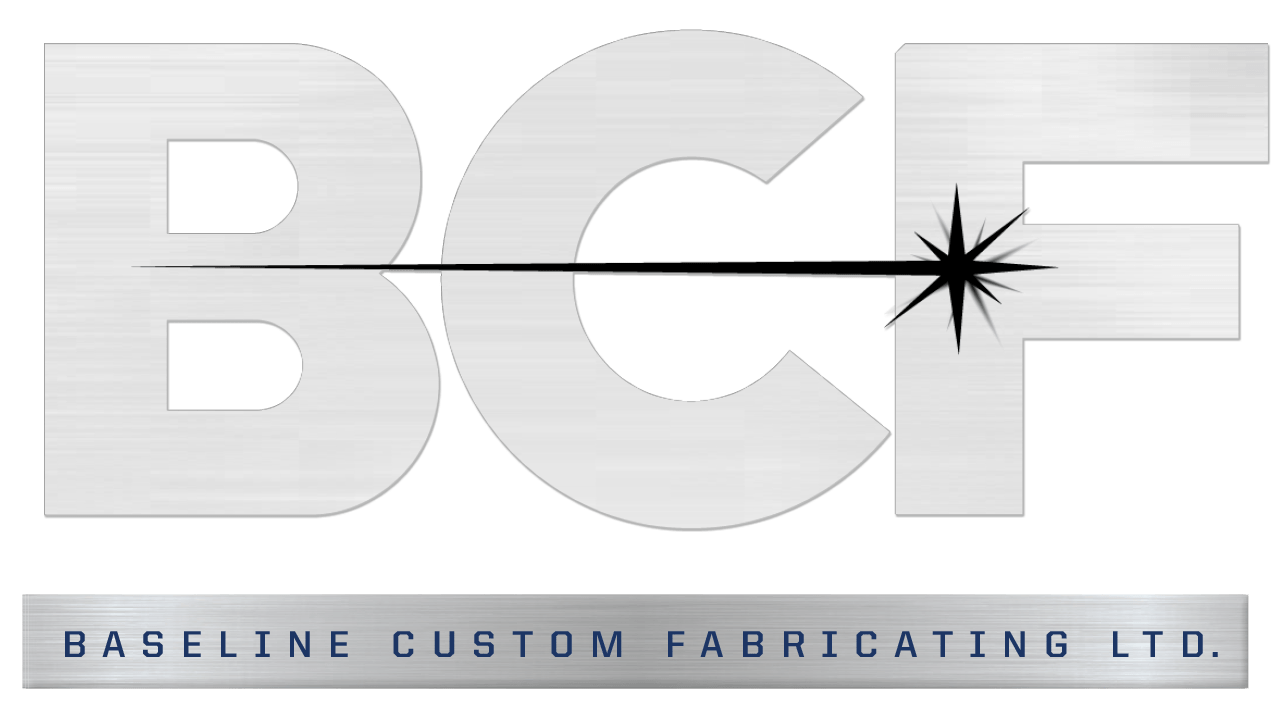The Different Ways Laser Cutting Operators Achieve Precise Cuts
Whether it be a local restaurant or aerospace technology, laser cutting has etched its name into the fabric of the manufacturing industry.
Put simply, a laser cutter operates on the premise of using a highly-focused, high-powered laser beam to cut through a number of material shapes and designs.
Keen to dive deeper into how laser cutters function? Take a journey into the workings of laser cutting machines.
The assortment of materials under the remit of laser technology continues to grow. Projects left in the hand of fabricators using such systems can be rest assured that, whether it be metal, plastic, wood, stone, glass, or paper, no matter the complexity of their component, consistent and cost-effective results are to be achieved as the need for custom-designed tools are eliminated.
It is understandable to think that laser cutting is a one dimensional process. This, however, couldn’t be further from the truth.
As a machining process, laser beams toe a delicate line with the gases and pressures they use to achieve specific results and cuts. Let’s take a look at some of the principal types of cutting:
Sublimation Cutting: by way of reaching the material’s vaporisation point, high pressures accumulate within the kerf - required to eject the molten material away from said kerf. So that the cut does not become oxidised, an inert gas such as nitrogen is used to form a protective barrier. You’ll typically come across sublimation cutting for nonmetallic materials like wood, plastic, and foam.
Flame/Oxygen Cutting: antithetical to sublimation cutting, this cutting method remains true to its name by purposefully using oxygen as the cutting gas. This is done in order to burn and oxidise the material to alleviate the power needed from the laser beam, which heats the material to its ignition temperature. An intensive cutting procedure like this is best served for mild steel plates with thicknesses >30mm.
Fusion Cutting: sharing many similarities to sublimation cutting, inert gases are again used to case aside molten material from the kerf while simultaneously shielding the cut from oxidation. However, as the cutting gas is blown at higher pressures, fusion laser cutting can be used to pierce through metallic and ceramic products.







